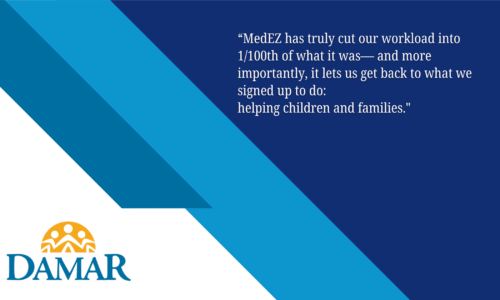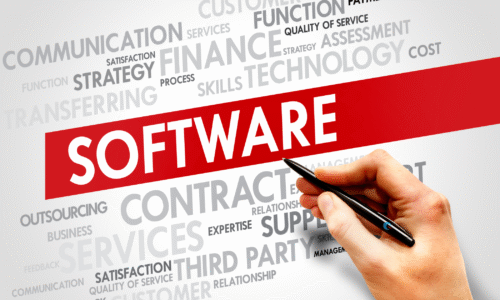For decades, the healthcare industry has struggled with technological advancements and paper-based processes. Despite the widespread use of EMR and EHR in medical practices, most people are unaware of the distinctions between the two.
Both software solutions have very similar uses, functions, and applications. They are an excellent way to replace extensive paper healthcare records and obtain a complete patient’s history, including diagnoses, treatment plans, and more, at any time and from any location. Before delving into the differences between EHR and EMR, let’s first define them.
What is EHR?
A digital version of a patient’s health history and information is called an Electronic Health Record (EHR). It contains everything found in a paper chart and much more. Past medical history, progress notes, vital signs, diagnoses, immunization dates, medications, lab data, and imaging reports may be included. It may also include important information such as insurance, demographic data, and insights gleaned from personal wellness devices.
EHR capability is defined not only by the information it contains, but also by how it is shared. Medical practitioners across health organizations and practices now have easy access to health information, allowing them to provide coordinated patient care.
What is EMR?
The electronic medical record (EMR) is a digital version of the paper charts used in the clinic. This may include information such as the patient’s treatment history, demographics, progress notes, medical issues, and medications. EMR is gradually replacing paper charts in doctor’s offices and clinics all over the world.
It is not intended to be shared outside of the individual practitioner’s practice. While EMRs are useful in medical practice, they are limited in that the information does not leave the practice. The patient’s medical record may be printed and mailed to another provider so that they can review it.
The Difference – EHR vs EMR
The main distinction is that EHRs are intended to create a comprehensive record of a patient’s health. It also supports interoperability and can easily share data with other EHR systems. EMR, on the other hand, is a digital version of paper charts used in clinics. They do not, however, place the same emphasis on interoperability and information sharing with other systems.
- EHRs include clinical decision support tools, patient portals, and e-prescribing, whereas EMRs do not.
- EHR systems are intended for multiple users, whereas EMR systems are intended for a single user.
- EHRs must meet certain federal government standards, whereas EMRs do not.
- EHRs are intended to generate population health data, whereas EMRs are not.
- EHRs are intended for data sharing across medical practices, whereas EMRs are not intended for information sharing outside of a single practice.
Let’s wrap things up
The bottom line is that both EHRs and EMRs provide numerous benefits that should not be overlooked. To stay ahead of the curve in the healthcare industry, it is critical to adopt innovative software solutions. EHR is clearly an ideal solution for both patients and providers.
Look no further than MedEZ if you’re looking for an EHR product for medical practice. We assist you in focusing on patient care and management rather than paperwork. Manage clinical, administrative, scheduling, and financial operations with our user-friendly, comprehensive, cloud-based EHR.
Request a demonstration right now!



